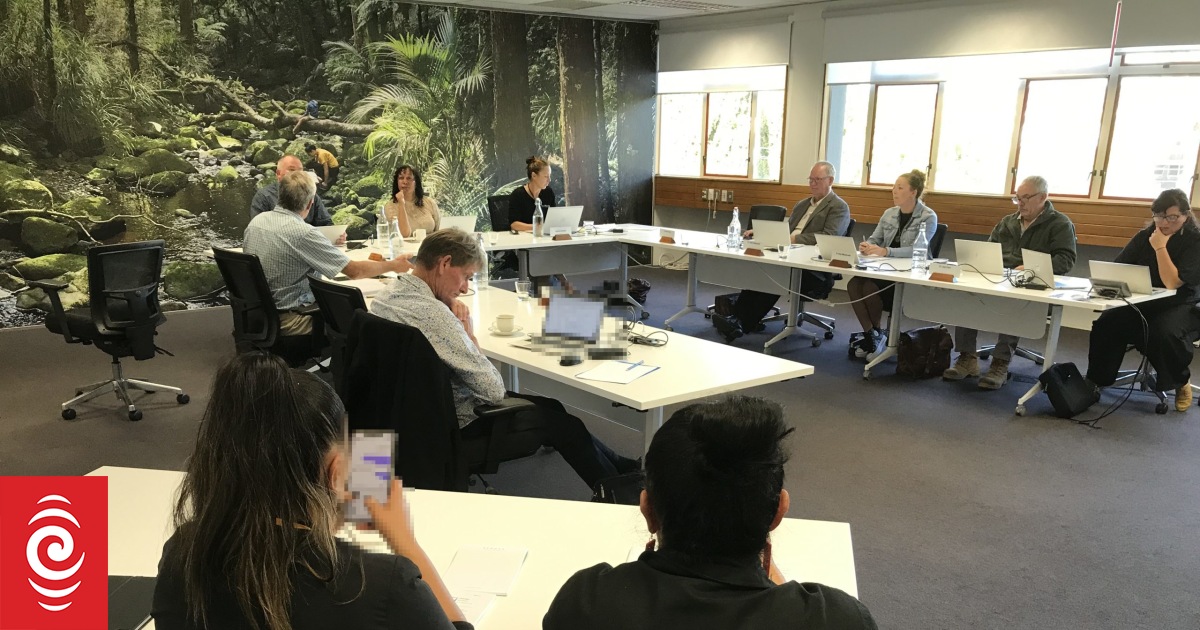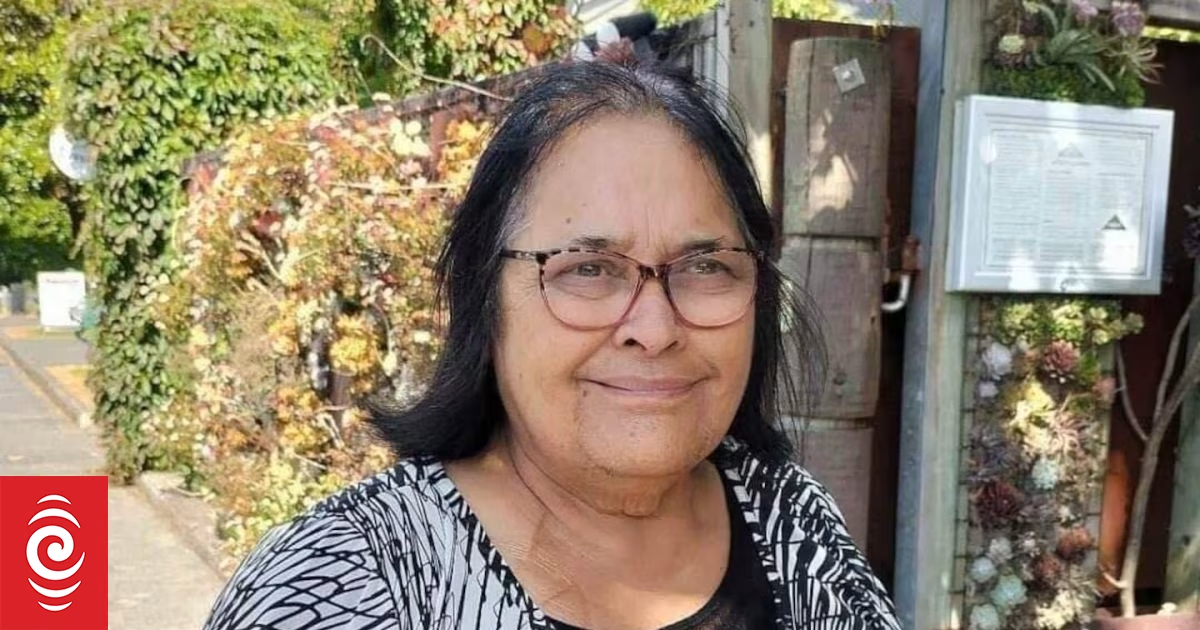Two Northland drowning hotspots are still without lifeguards, despite a coroner urging authorities to consider bringing them in.
With a busy summer at Northland swimming spots expected, Surf Life Saving is calling for an overall strategy to assess water safety in Te Tai Tokerau.
Water Safety New Zealand said consultation for a strategy on Northland’s water risks could start early in 2023.
On Christmas Day 2019, Hanbo Bao, 44 drowned at Kaipara’s Kai Iwi Lakes after going snorkelling, while Zhongyu Deng, 40, drowned at Uretiti Beach near Whangārei after going crab fishing.
READ MORE:
* ‘My heart goes out to them’: Child drowns at Kai Iwi Lakes, Northland
* NZ on track for one of the deadliest summers in the water in 2022
* Lifeguards issue warning amid ‘alarming number’ of deaths at beaches and waterways
In May 2022, coroner Tania Tetitaha noted there were no lifeguards on patrol at either spot, despite both being popular destinations in summer.
Kai Iwi Lakes continues to be a place of drownings, with 4-year-old Shakib Tahir drowning there in January and a near-miss earlier this month.
Supplied
Kai Iwi Lakes is a popular place to swim but does not have any lifeguards. (File photo)
Both spots still do not have lifeguards and authorities are at odds over whose responsibility it is.
Kaipara District Council co-governs Taharoa Domain where Kai Iwi Lakes are based and has a duty to keep the grounds and facilities in safe condition, said general manager customer experience Hayley Worthington.
It is partnering with Surf Lifesaving NZ on a pilot programme for signs and education, and will provide flotation devices in future.
But Worthington said central government has a tacit responsibility to support safety, with Water Safety New Zealand receiving funding for this.
Viv Trounson/Supplied
In the height of summer, up to 2000 people visit Kai Iwi Lakes each day. Kaipara District Council is now working with Surf Life Saving on a pilot sign and education programme. (File photo)
“Ultimately, it is the individual swimmer’s responsibility to assess their own swimming ability and the conditions of the water they intend to swim in,” she said.
At Uretiti Beach, the Department of Conservation manages the land and a campground leading to the beach, although there is also vehicle access from neighbouring beaches.
DOC enabled danger signs to be installed on its reserve, with the signs also including messages in Chinese and Korean, said Whangārei communications advisor Abigail Monteith.
DOC has no plans to action or encourage lifeguards at Uretiti Beach but would be happy to consider support if a council were to put lifeguards in, she said.
DOC/Supplied
Uretiti Beach is a popular swimming and seafood gathering spot, with the Department of Conservation allowing danger signs to be put up on its reserve on the way to the beach.
A piecemeal approach and lack of understanding of responsibility showed a need for a strategic approach on water risks in Northland, Surf Life Saving Northern Region chief executive Matt Williams said.
District councils, the regional council, mana whenua, landowners and the wider community all needed to be involved with Surf Life Saving, he said.
“Northland is growing and changing year to year. Its coastal use is continuing to change and we don’t want to see that change reflected in an increase in drownings.”
Williams said Surf Life Saving often helped councils to put up appropriate signs and flotation devices, which aided rescues.
SUPPLIED
Surf Life Saving Northern Region chief executive Matt Williams says he does not want to see the growth of Northland coastal use reflected in more drownings in the area. (File photo)
But he believed now was the time to take a stand on Northland’s coastal risks and that was supported by the coroner, he said.
Water Safety New Zealand chief executive Daniel Gerrard agreed there was a need for a strategic approach to the water risks in Northland.
Surf Life Saving patrolled just 2% of New Zealand’s coastline and had no authority over lakes and rivers, he said.
“Kai Iwi Lakes is an absolute hotspot and really is somewhere that does command some local attention.”
Supplied
Water Safety New Zealand chief executive Daniel Gerrard said regional and district councils would need to contribute to a regional water safety strategy to ensure it was sustainable. (File photo)
Water Safety New Zealand is working on strategies for Auckland and Waikato, but hoped to start such a plan for Northland early in 2023, Gerrard said.
Consultation would be key, with regional and district councils also encouraged to contribute to ensure it was sustainable, he said.
With 68 drownings already this year, Water Safety New Zealand is pushing personal responsibility – encouraging people to know their limits, know the conditions and actively supervise young ones around water.




